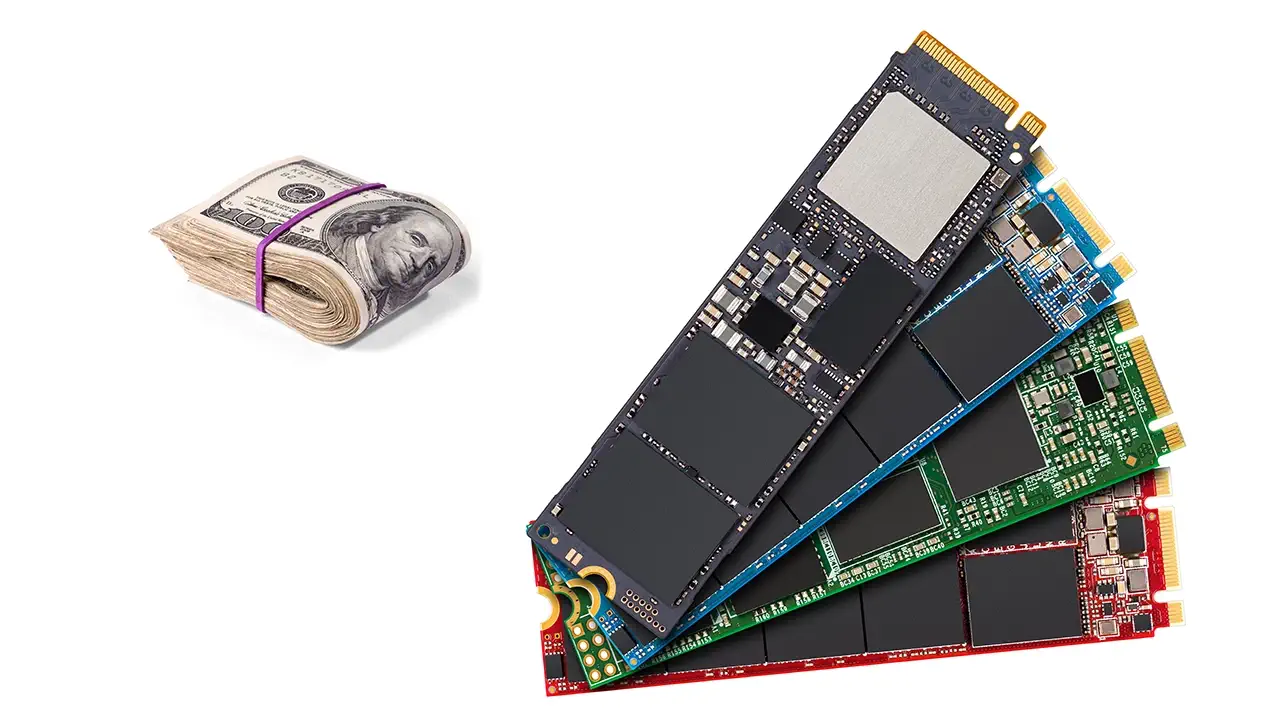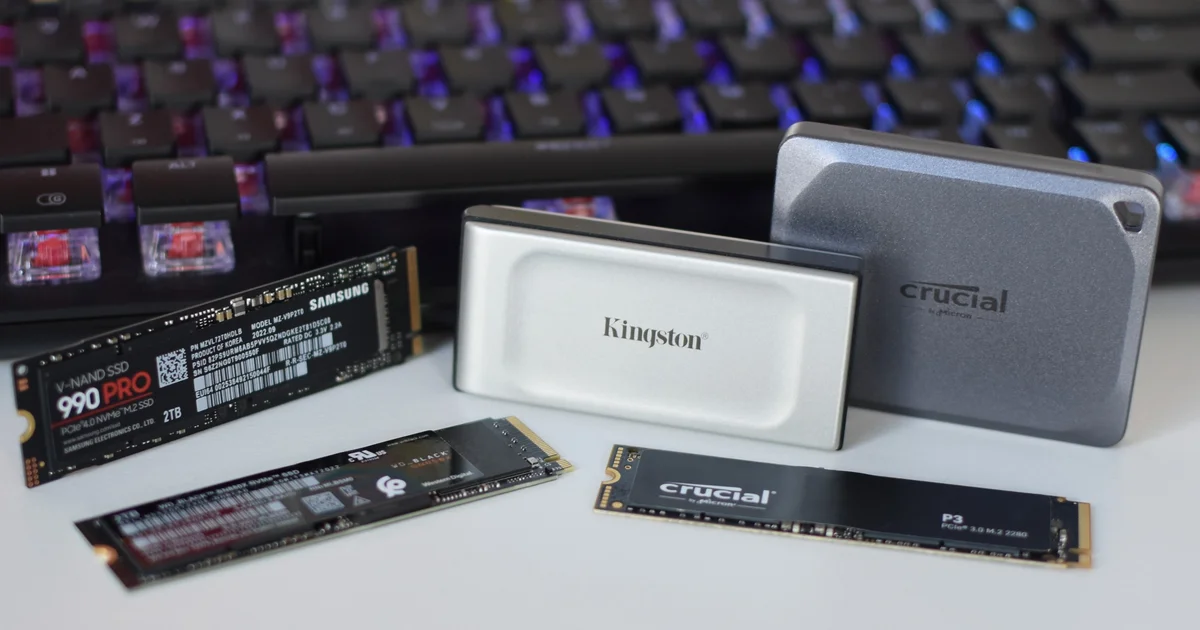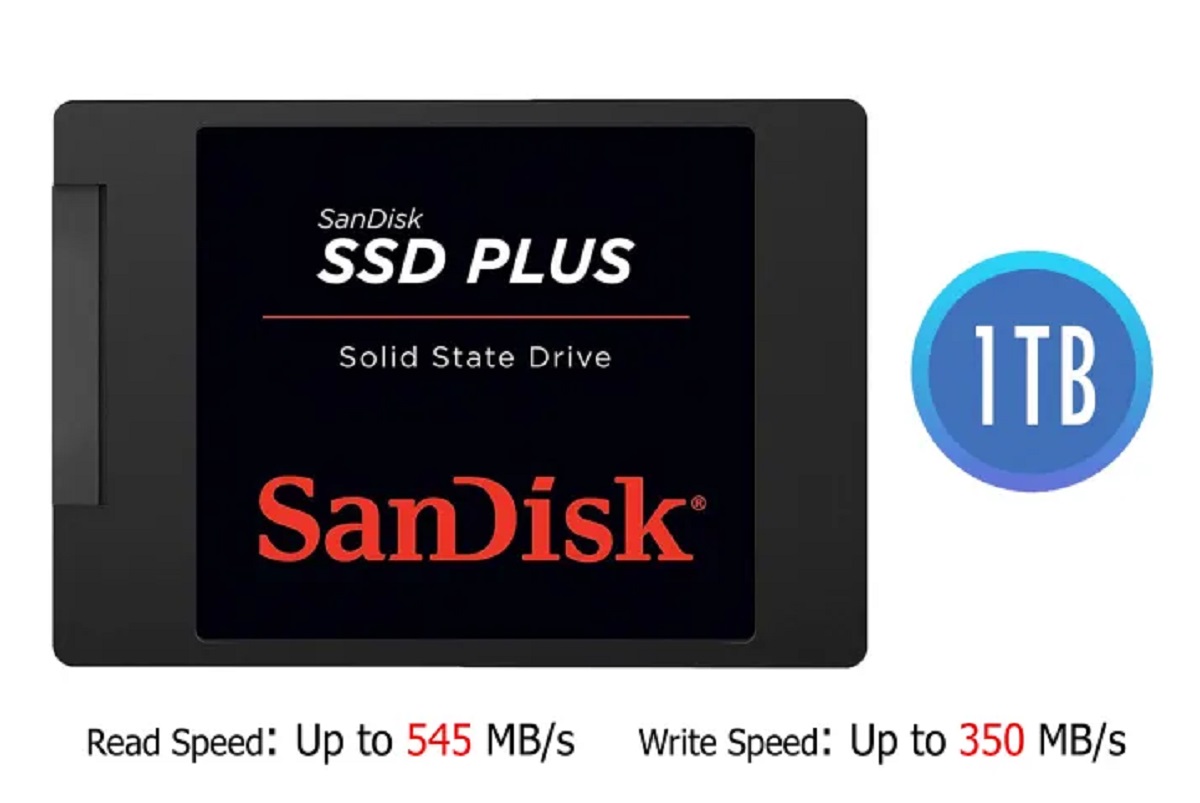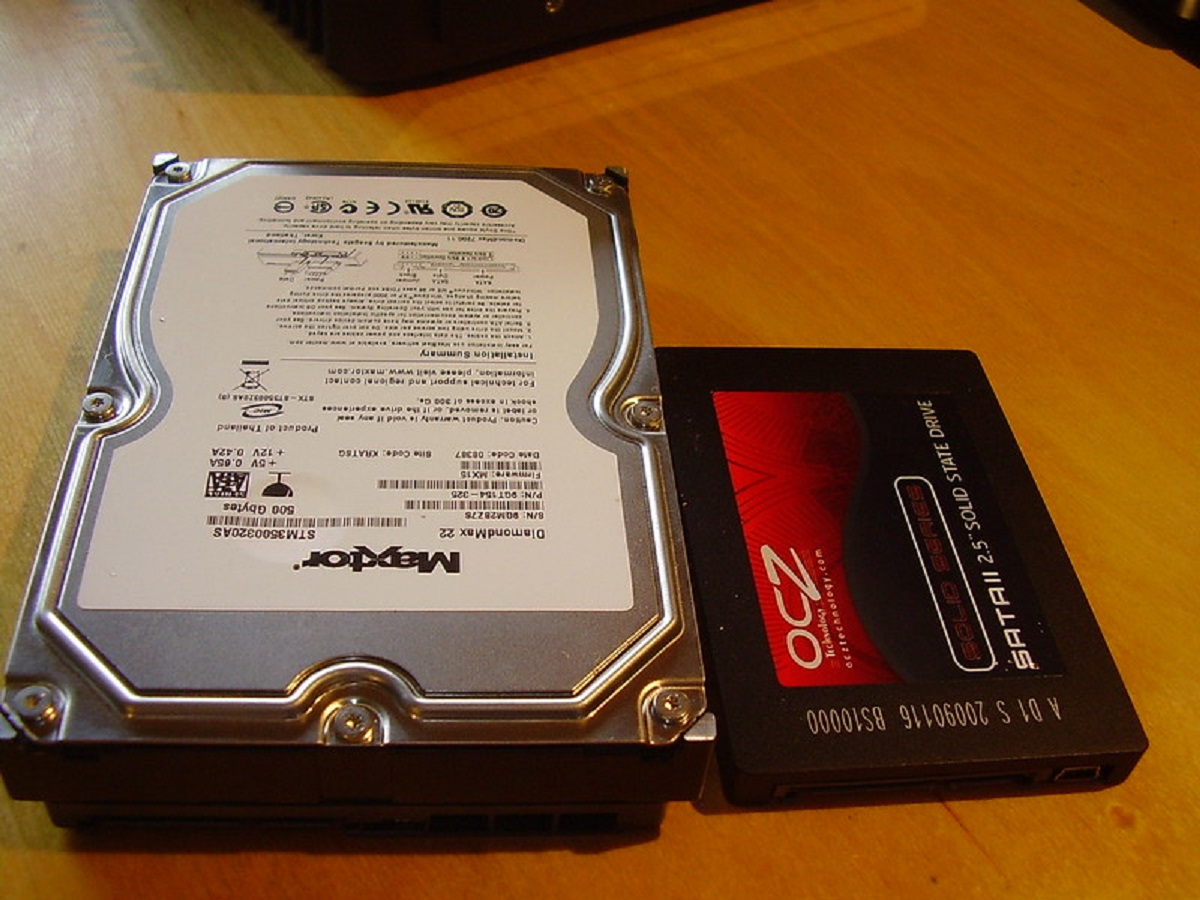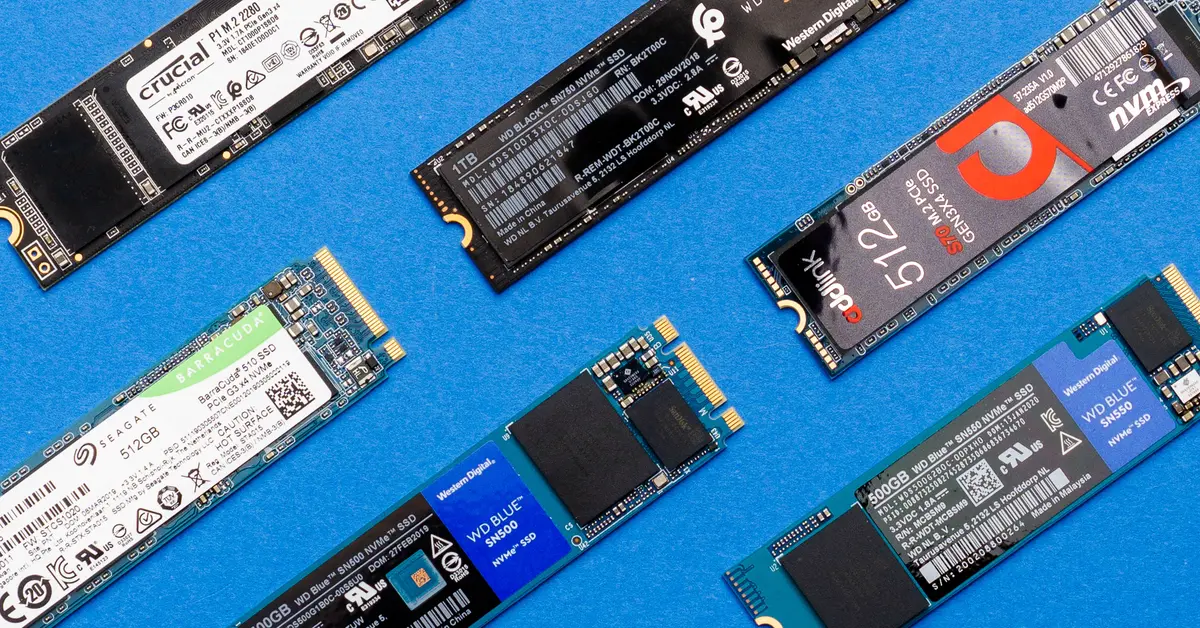Introduction
Solid State Drives (SSDs) have revolutionized the world of data storage, promising faster access speeds, improved performance, and enhanced reliability compared to traditional hard disk drives (HDDs). However, one major drawback that often catches consumers off guard is the higher price tag associated with SSDs. Many users wonder why SSDs are so expensive compared to their HDD counterparts. In this article, we will delve into the factors behind the higher cost of SSDs and explore the reasons behind this pricing disparity.
As technology continues to advance, the cost of manufacturing electronic devices tends to decrease over time. However, SSDs remain relatively expensive due to several factors. To understand why SSDs come with a heftier price tag, we need to consider aspects such as the cost of manufacturing, supply and demand dynamics, research and development expenses, technology advancements, production volume, and branding and marketing efforts.
By examining each of these factors in detail, we can gain a deeper understanding of why SSDs are priced the way they are and uncover the rationale behind their relatively higher cost compared to HDDs. Let’s explore these factors one by one to shed light on the subject.
Cost of Manufacturing
One significant factor contributing to the higher price of SSDs is the cost of manufacturing. Producing SSDs involves complex and intricate processes that require specialized equipment and materials.
Unlike HDDs, which have been in production for many years and benefit from economies of scale, SSDs are a relatively newer technology. The manufacturing processes for SSDs are more advanced and require sophisticated machinery, which adds to the overall cost.
Additionally, the components used in SSDs, such as NAND flash memory chips, controllers, and PCBs (Printed Circuit Boards), are more expensive compared to the components used in HDDs. This is because the production of NAND flash memory itself is a costly process, involving intricate industry-specific techniques.
Furthermore, SSDs often use premium-grade materials to ensure reliability and endurance. These high-quality materials add to the manufacturing cost but contribute to the superior performance and longevity that SSDs are known for.
Another aspect that affects manufacturing costs is the need for rigorous quality control measures. SSD manufacturers implement stringent testing processes to minimize the chances of manufacturing defects and ensure product reliability. These quality control procedures add additional expenses to the production of SSDs.
Demand and Supply
The demand and supply dynamics play a crucial role in the pricing of SSDs. The demand for SSDs has been steadily increasing over the years as more consumers and businesses recognize the benefits of faster and more reliable storage solutions. This growing demand puts pressure on the supply chain, resulting in higher prices.
Additionally, the supply of SSDs is relatively limited compared to HDDs. This is due to the more complex manufacturing processes involved in producing SSDs, as well as the fact that fewer manufacturers are involved in SSD production compared to HDD production.
As demand outpaces supply, prices naturally increase. SSD manufacturers have to balance the cost of production with the demand from the market, resulting in higher prices compared to HDDs. However, as technology advances and production processes become more efficient, we can expect supply to increase and potentially lead to a decline in prices in the future.
It’s worth noting that fluctuations in the demand and supply of raw materials used in SSD production can also impact pricing. For example, if there is a shortage of NAND flash memory chips, which are a key component of SSDs, manufacturers may face increased costs, which can be passed on to consumers.
In summary, the increasing demand for SSDs coupled with a relatively limited supply contributes to the higher prices of these storage devices. However, as technology continues to evolve and manufacturing processes improve, we can expect supply to catch up with demand, potentially leading to more competitive pricing in the future.
Research and Development
Research and development (R&D) is a crucial aspect of any technological innovation, including SSDs. The costs associated with R&D are often factored into the final pricing of the product. SSD manufacturers invest heavily in R&D to continually improve and enhance their products. These investments include the exploration of new technologies, the development of faster and more efficient controllers, and the improvement of NAND flash memory fabrication processes.
Developing cutting-edge technology requires significant financial resources, as well as a team of skilled engineers and scientists. The cost of hiring and retaining top talent in the field of storage technology further contributes to the overall cost of R&D.
Furthermore, the development and implementation of new features, such as data encryption, wear-leveling algorithms, and error correction mechanisms, require extensive testing, validation, and refinement. These R&D efforts not only add value to the SSDs but also contribute to their higher price point.
Moreover, SSD manufacturers need to recoup their R&D expenses and generate profits for future innovations. As a result, a portion of the cost associated with R&D is passed on to consumers in the form of higher prices.
It’s important to note that advancements in R&D eventually lead to improvements in SSD technology and cost reduction over time. As new breakthroughs are made, production processes become more efficient, allowing manufacturers to reduce costs and potentially lower prices for consumers.
In essence, the investment in research and development is a significant factor behind the higher prices of SSDs. The continuous pursuit of innovation and the desire to stay at the forefront of technology contribute to the cost of developing and manufacturing these storage devices.
Technology Advancements
Technology advancements are another key factor contributing to the higher prices of SSDs. As SSD technology evolves, manufacturers strive to incorporate the latest innovations and advancements into their products. These advancements often involve the use of new and more advanced components and materials, which can drive up the cost.
One significant technological advancement in SSDs is the use of advanced NAND flash memory, such as 3D NAND. 3D NAND allows for higher storage capacities, faster data transfer speeds, and improved reliability compared to previous generations of NAND flash memory. However, the manufacturing processes for 3D NAND are more complex, resulting in higher production costs.
In addition to advanced NAND flash memory, SSDs also rely on sophisticated controllers that handle data management and facilitate efficient and reliable operations. The development and integration of these controllers require extensive research and engineering, which contribute to the overall cost of the SSDs.
Besides, advancements in error correction techniques, wear-leveling algorithms, and power management technologies further enhance the performance and reliability of SSDs. These advancements often involve significant R&D efforts, which contribute to the higher cost of the SSDs.
Furthermore, as new technology is introduced in the market, the initial costs are typically higher due to limited competition and economies of scale. Over time, as the technology becomes more widespread and production volume increases, prices are likely to decrease.
It’s important to note that while technology advancements contribute to the higher prices of SSDs, they also bring significant benefits to users, such as faster data access, improved reliability, and higher storage capacities. As technology continues to evolve, we can expect these advancements to become more accessible and affordable to a wider range of consumers.
Production Volume
The volume of production plays a significant role in determining the pricing of SSDs. As with any product, economies of scale come into play when manufacturing SSDs. Higher production volumes generally lead to lower production costs and, consequently, lower prices for consumers.
Currently, the production volume of SSDs is lower compared to that of HDDs. This is partly due to the relatively newer technology and the complex manufacturing processes involved in producing SSDs. Additionally, the limited number of manufacturers actively producing SSDs further reduces the overall production volume.
Lower production volumes result in higher manufacturing costs, as fixed costs must be spread over a smaller number of units. Such costs may include expenses for equipment maintenance and calibration, factory overheads, and staffing requirements. As a result, these costs are passed on to consumers, contributing to the higher price of SSDs.
However, as SSD technology continues to mature and gain wider acceptance among consumers and businesses, the production volume is expected to increase. With higher production volumes, manufacturers can take advantage of economies of scale and enjoy cost savings.
Moreover, increased competition among manufacturers can also lead to economies of scale and drive down prices. As more companies enter the SSD market, they strive to capture market share by offering competitive pricing. This increased competition can benefit consumers by lowering the overall price of SSDs.
It’s worth noting that the production volume of SSDs has been steadily increasing over the years. As technology improves and production processes become more streamlined, we can expect the production volume of SSDs to continue to grow, potentially leading to more affordable pricing in the future.
Price Trends
Examining the price trends of SSDs can provide insight into the factors that influence their cost. Over the years, we have seen a general decline in SSD prices, albeit at a gradual pace.
One of the main drivers behind this decline is the continuous advancement in technology. As SSD technology evolves, manufacturers are able to produce SSDs with higher storage capacities and better performance at a lower cost. The mass production of advanced components, such as NAND flash memory, has become more efficient, leading to cost savings that are eventually passed on to consumers.
Another factor that affects price trends is increased competition in the SSD marketplace. As more manufacturers enter the market and the number of options available to consumers expands, competition drives prices downwards. Manufacturers need to offer competitive pricing to attract customers and gain market share, resulting in more affordable SSD options for consumers.
Moreover, as demand for SSDs continues to increase, economies of scale come into play. Higher production volumes lead to cost savings in manufacturing, allowing manufacturers to lower prices while maintaining profitability. This trend is observed as the demand for SSDs rises, particularly in consumer and enterprise markets.
Furthermore, advancements in production processes and supply chain optimization contribute to cost reductions. Improved efficiency and streamlining of manufacturing operations result in lower production costs, which can be reflected in the pricing of SSDs.
However, it’s important to note that while SSD prices have been decreasing, they still remain higher than HDD prices. This is primarily due to the inherent differences in technology and manufacturing costs between the two types of storage devices. HDDs have been around for a longer time and benefit from more mature and cost-effective production processes.
In summary, SSD prices have been on a declining trend, driven by technological advancements, increased competition, economies of scale, and production process optimizations. As these factors continue to contribute to cost reductions, consumers can expect SSDs to become more affordable in the future.
Branding and Marketing
Branding and marketing efforts are factors that can influence the pricing of SSDs. Strong branding and effective marketing strategies contribute to brand recognition, consumer trust, and perceived value, which can justify higher price points for SSDs.
Established SSD brands have invested significant resources in building a reputation for quality and reliability. These brands often have a loyal customer base that is willing to pay a premium for their products. The brand equity that these companies have developed allows them to command higher prices compared to lesser-known or generic brands.
In addition to branding, marketing activities also play a crucial role in promoting SSDs and creating demand. Manufacturers invest in various marketing channels such as advertisements, sponsorships, and online campaigns to reach potential customers. These marketing efforts incur costs that are factored into the final price of the SSDs.
Furthermore, the packaging and presentation of SSDs can also impact their perceived value. Companies invest in attractive and informative packaging designs to catch the attention of consumers and highlight the features and benefits of their products. The cost associated with packaging materials and design elements can influence the overall pricing of SSDs.
It’s important to note that branding and marketing expenses are not solely reflected in the pricing of SSDs. These costs are spread across the entire product line and can vary depending on the brand’s positioning and marketing strategies. Therefore, while branding and marketing efforts contribute to the higher prices of SSDs, they also enhance the reputation and visibility of the products in the market.
In summary, branding and marketing play a significant role in shaping the pricing of SSDs. Strong brands and effective marketing strategies can justify higher prices by creating perceived value, building consumer trust, and differentiating products from competitors. However, it’s essential to consider the overall value proposition and the reputation of the brand when assessing the pricing of SSDs.
Conclusion
In summary, several factors contribute to the higher prices of Solid State Drives (SSDs) compared to traditional Hard Disk Drives (HDDs). The cost of manufacturing is one significant factor, as SSDs require specialized equipment, premium-grade components, and rigorous quality control measures. The demand and supply dynamics also play a role, with the growing demand for SSDs and the limited supply leading to higher prices. Research and development efforts contribute to the higher costs, as manufacturers invest in innovation and continuously improve their products.
Technological advancements drive up the prices of SSDs, as manufacturers incorporate new technologies, advanced NAND flash memory, and sophisticated controllers. The production volume of SSDs is currently lower compared to HDDs, resulting in higher manufacturing costs. However, as production volumes increase and economies of scale kick in, we can anticipate more competitive pricing in the future.
Price trends of SSDs have shown a decline over time, aided by advancements in technology, increased competition, and optimization of production processes. Furthermore, branding and marketing efforts influence the pricing of SSDs, with strong brands and effective marketing strategies justifying higher price points. However, it’s important to consider the overall value and quality of the product when evaluating the pricing of SSDs.
While SSDs may be more expensive compared to HDDs, they offer significant advantages in terms of speed, performance, reliability, and overall user experience. As technology continues to evolve and production processes become more efficient, we can expect the prices of SSDs to become more affordable, making them a viable and attractive storage option for a wider range of users.









